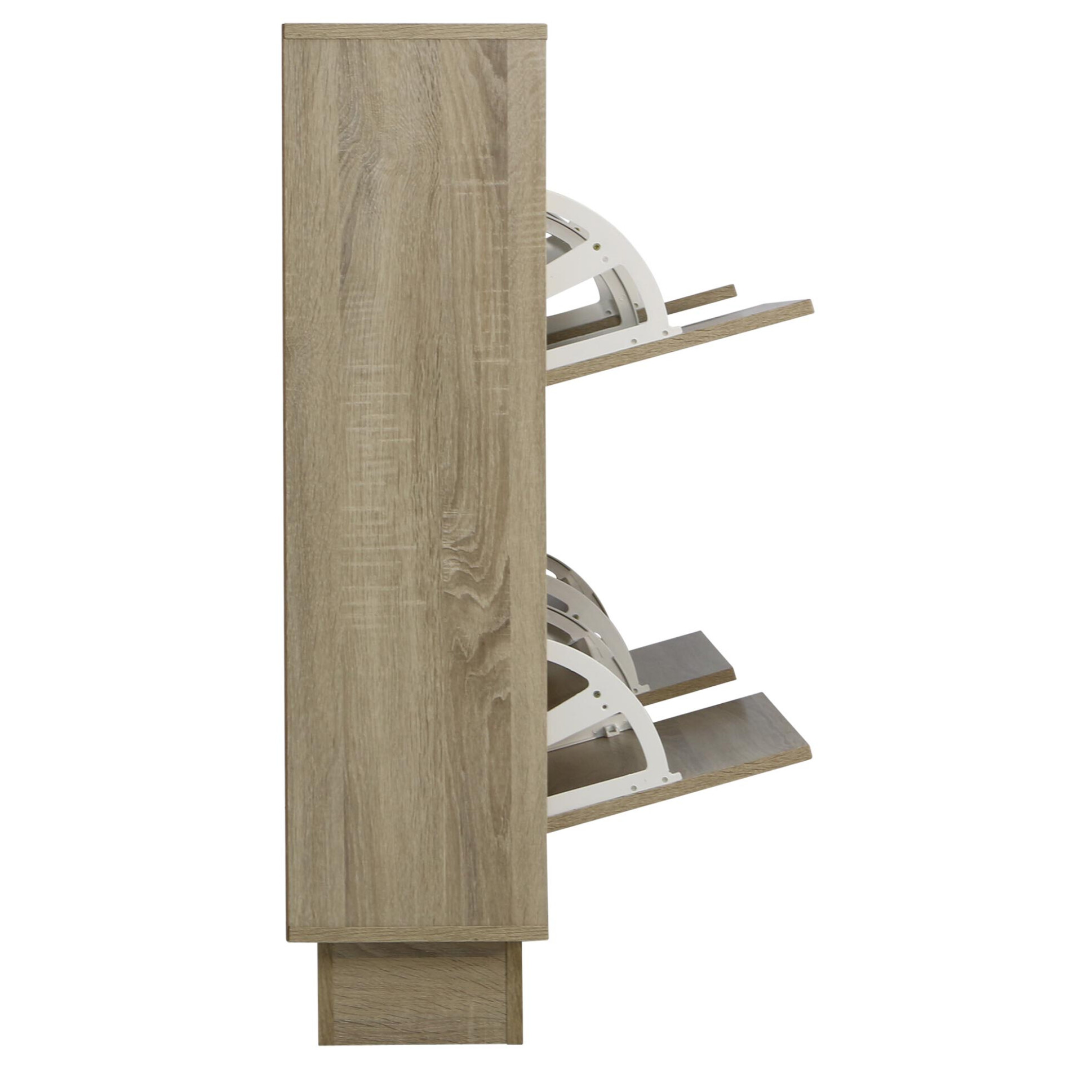
Avellino became the main seat of the Caracciolo. The feudal rights to Avellino were purchased in 1581 by Don Marino I Caracciolo, duke of Atripalda, of a patrician family of Naples, who was made Prince of Avellino in 1589.

Later, King Charles I of Anjou assigned it to the Montfort family, who were succeeded by the Del Balzo and the Filangieri. In 1100, during the Norman rule of southern Italy, it was acquired by Riccardo dell'Aquila. After the Lombard conquest of southern Italy, the ancient city was abandoned in 568 (it is disputed if completely or partly) and a new settlement grew on the Terra hill, corresponding to the modern Avellino.ĭefended by a castle, it became part of the Duchy (later Principality) of Benevento and, after the latter's fall, of the Principality of Salerno. There were invasions of the Goths (535 - 555) and the Vandals. The town was Christianised around 500, becoming an episcopal seat. There followed economic crises (III and IV centuries), violent earthquakes (346) and disastrous volcanic eruptions (472). This helped to spread ancient Levantine cults such as Sol Invictus in the territory. In the 3rd century Alexander Severus expanded the colony under the title of Livia Augusta Alexandrina with a massive immigration of oriental settlers. In 7 AD Augustus changed its name to Livia Augusta in honour of his wife, Livia Drusilla who owned the territories between Abellinum and Aeclanum. The new city was surrounded by massive walls and had an orthogonal hippodamian urban layout.


He razed the old site and in 82 BC founded the colony Veneria Abellinatium on the left bank of the river Sabato. However, the construction of a true Roman town occurred only after the conquest by Lucius Cornelius Sulla in the civil wars in 89 BC. Abellinum was conquered by the Romans in 293 BC, changing name several times in the following centuries ( Veneria, Livia, Augusta, Alexandriana, and Abellinatium). The city could correspond to the ancient Velecha, documented by coins found in the area. Before the Roman conquest, the ancient Abellinum was a centre of the Samnite Hirpini, located on the Civita hill some 4 kilometres (2 mi) outside the current town, in what is now Atripalda.


 0 kommentar(er)
0 kommentar(er)
